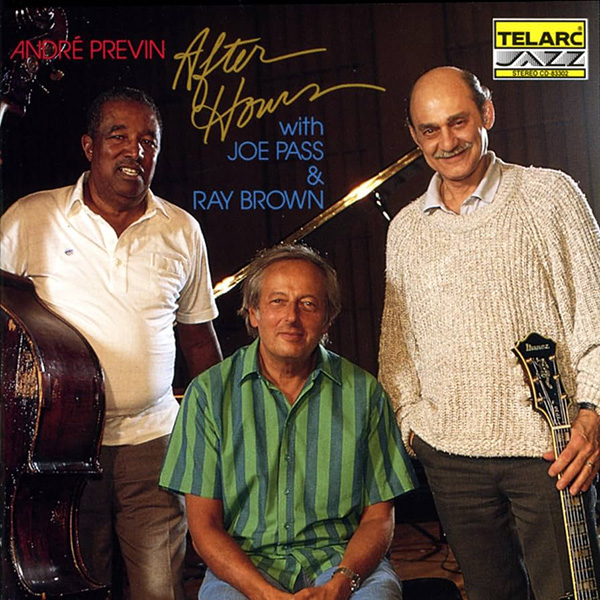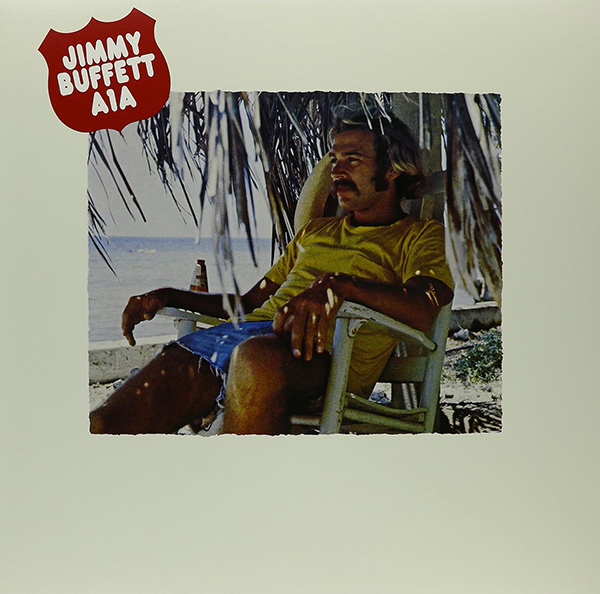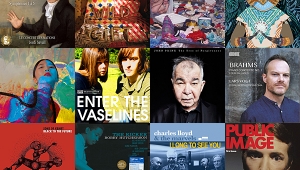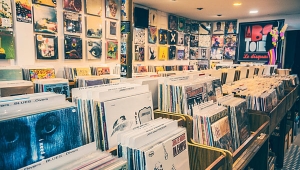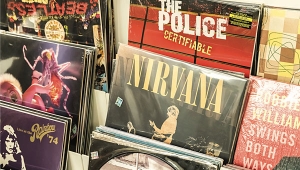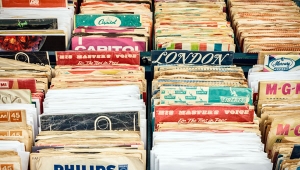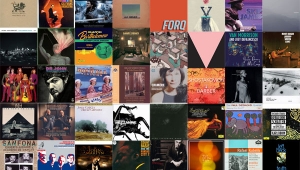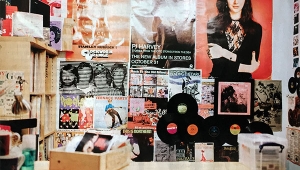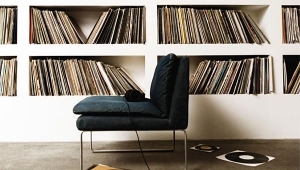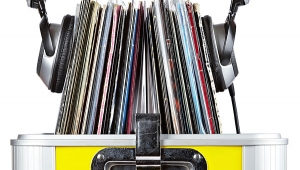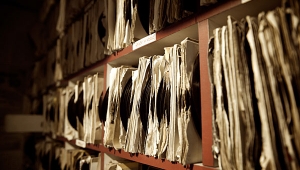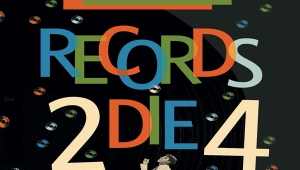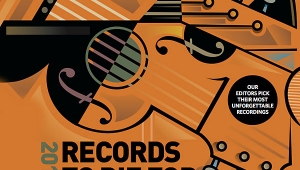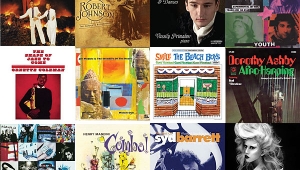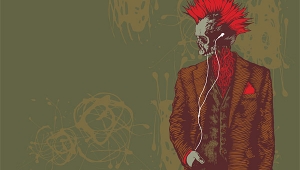| Columns Retired Columns & Blogs |
I had put off long enough so an upgrade to my vinyl experience to a Technics SL-100C happened on Sunday, 1-21. After your Atmos story it was time to make my LP physical media sound its best. I changed out the AT-VM95C stylus that came with the table to the ML I just bought. So now between Tidal HD I can sort through all your recommendations and then buy the format I really want.
I still don't understand the reason for the lower rez Atmos deal. Most of us started our hi-fi journey with vinyl and now there is no reason to dismiss it now.
My youngest son now owns my Dual 501 table with a REGA RB250 arm and a AT-VM95E cart to start his vinyl journey.

